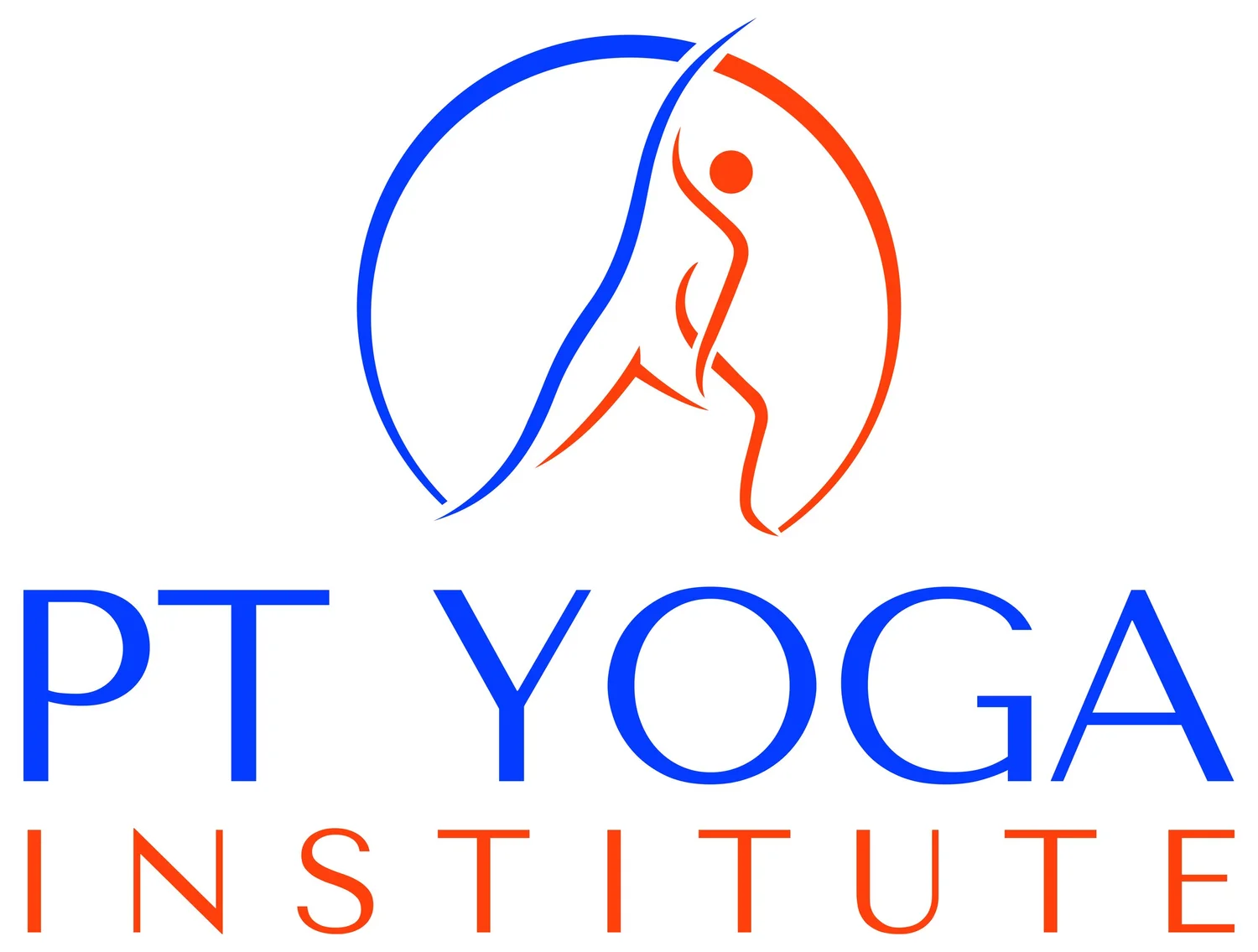What’s the Difference between a Physical Therapist and a Yoga Therapist?
Healthcare and fitness are a blended, confusing world to navigate as a consumer. It pays dividends to know the difference in the training and skill set of various professions so to ensure you end up in the correct office or studio based on your goals as a patient or client.
Think about this: Would you go to a dentist for a shoulder problem? Of course not. Why not? Because dentistry has done an excellent job educating the public as to what they do, and do not do.
Some healthcare fields, such as physical therapy, have done a relatively poor job in this public educational realm. What does a Doctor of Physical Therapy do? The public is not sure. A 2011 study showed the public lacks complete knowledge about PT or how to gain access to PT (Rognlie 2011).
All PT programs earn a doctorate and require a bachelor’s degree to apply. The program takes 3 years to complete and includes courses in diagnosis, pathophysiology, imaging, biomechanics, anatomy, and more.
Another great example of a relatively poorly understood health-related field is yoga therapy, mostly because this a newer concept in the U.S.
According to the International Association of Yoga Therapists (IAYT), yoga therapy is the process of empowering individuals to progress toward improved health and well-being through the application of the teachings and practices of Yoga (https://www.iayt.org/). Different programs have different requirements, but one accredited program has 3 graduation requirements: watch 50 online lectures, attend 3 weekend retreats and complete 2 case studies (https://breathingdeeply.com/).
Lets get to it: What’s the difference between physical therapy vs. yoga therapy?
First, it must be noted, both of these professions are needed and valued within the larger picture of a client’s health and well-being. Despite this important point, they are no more the same as any other practitioners on the healthcare and fitness team.
As listed above, the requirements to enter the programs are different with a bachelor’s degree required for PT. The length and breadth of the programs are significantly different with DPT programs covering more extensive topics including diagnosis of musculoskeletal conditions.
This is a big difference: DPTs have remarkable skills to diagnose what’s going on with a patient, where yoga therapists are not trained, or legally allowed, to diagnose a condition (Childs 2005; www.iayt.org). Diagnosis is a vital part of applying skilled treatment. A diagnosis needs to be timely and accurate so that appropriate treatment is initiated to optimize the patient’s outcome (Hall 2020).
There’s clinical value in Therapy and Yoga.
So practitioners who emply both are ahead of the game.
How do you choose between physical therapy and yoga therapy?
First, you do not have to choose! They are different, complementary and both beneficial. But, if you are dealing with pain, dysfunction, poor range of motion or decreased strength, it would be advised to get evaluated by a physical therapist first. A PT can properly diagnose you and put you on the right course to proper treatment. Often, a holistic physical therapist will recommend yoga therapy as an important component of treatment.
Per the IAYT definition, yoga therapists can apply yoga to improve health. This is an excellent intervention as yoga has been proven to improve many conditions from back pain to knee pain to fibromyalgia (Sherman 2005; Holtzman 2013; Wang 2018; Gautam 2019; Park 2020; Cherkin 2020). Future studies should look at specifically the effect of trained yoga therapists’ abilities to effect musculoskeletal conditions, but the above evidence shows that yoga in general does have significant positive effects on various common conditions.
What is PT Yogi Seminars?
Yoga therapy Seminars is led by orthopedic board certified Doctor of Physical Therapy and certified yoga instructor, Eric “Rhett” Schweitzer. Our mission is to blend the science and art of PT and yoga to improve patient outcomes in both fields. We offer yoga therapy based courses for the physical therapist, physical therapist assistant, occupational therapist, occupational therapist assistant and certified athletic trainer. We also offer therapy basics (“Therapy 101”) for the yoga teacher and instructor.
In our comprehensive continuing education seminars for therapists and trainers, we outline a specific yoga-based, evidence-based interventions for patients managing common musculoskeletal conditions. For yoga instructors, we teach an exciting, info packed 1 day seminar on how to help tissues heal and how to address common musculoskeletal injuries using yoga strategies. Learn more at www.PTYogi.com Courses are limited to 10 participants and fill extremely fast so sign up today!
Sources:
Rognlie K, Colgrove Y. Public perception of physical therapist scope of practice. Journal of Student Physical Therapy Research. 2011(4): 10-17.
Childs JD, Whitman JM, Sizer PS, Pugia ML, Flynn TW, Delitto A. A description of physical therapists' knowledge in managing musculoskeletal conditions. BMC Musculoskelet Disord. 2005;6:32. Published 2005 Jun 17. doi:10.1186/1471-2474-6-32
Hall KK, Shoemaker-Hunt S, Hoffman L, et al. Making Healthcare Safer III: A Critical Analysis of Existing and Emerging Patient Safety Practices [Internet]. Rockville (MD): Agency for Healthcare Research and Quality (US); 2020 Mar. 1, Diagnostic Errors. Available from: https://www.ncbi.nlm.nih.gov/books/NBK555525/
Sherman KJ, Cherkin DC, Erro J, et al. Comparing Yoga, Exercise, and a Self-Care Book for Chronic Low Back Pain: A Randomized, Controlled Trial. Ann Intern Med.2005;143:849-856. doi:10.7326/0003-4819-143-12-200512200-00003
Holtzman S, Beggs RT. Yoga for chronic low back pain: a meta-analysis of randomized controlled trials. Pain Res Manag. 2013;18(5):267-272. doi:10.1155/2013/105919
Wang Y, Lu S, Wang R, Jiang P, Rao F, Wang B, Zhu Y, Hu Y, Zhu J. Integrative effect of yoga practice in patients with knee arthritis: A PRISMA-compliant meta-analysis. Medicine (Baltimore). 2018 Aug;97(31):e11742. doi: 10.1097/MD.0000000000011742. PMID: 30075589; PMCID: PMC6081169.
Gautam S, Tolahunase M, Kumar U, Dada R. Impact of yoga based mind-body intervention on systemic inflammatory markers and co-morbid depression in active Rheumatoid arthritis patients: A randomized controlled trial. Restor Neurol Neurosci. 2019;37(1):41-59. doi: 10.3233/RNN-180875. PMID: 30714983.
Park J, Krause-Parello CA, Barnes CM. A Narrative Review of Movement-Based Mind-Body Interventions: Effects of Yoga, Tai Chi, and Qigong for Back Pain Patients. Holist Nurs Pract. 2020 Jan/Feb;34(1):3-23. doi: 10.1097/HNP.0000000000000360. PMID: 31725096.
Cherkin DC, Herman PM. Cognitive and Mind-Body Therapies for Chronic Low Back Pain and Neck Pain: Effectiveness and Value. JAMA Intern Med. 2018 Apr 1;178(4):556-557. doi: 10.1001/jamainternmed.2018.0113. PMID: 29507946.


